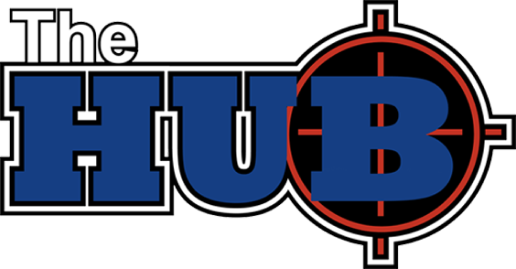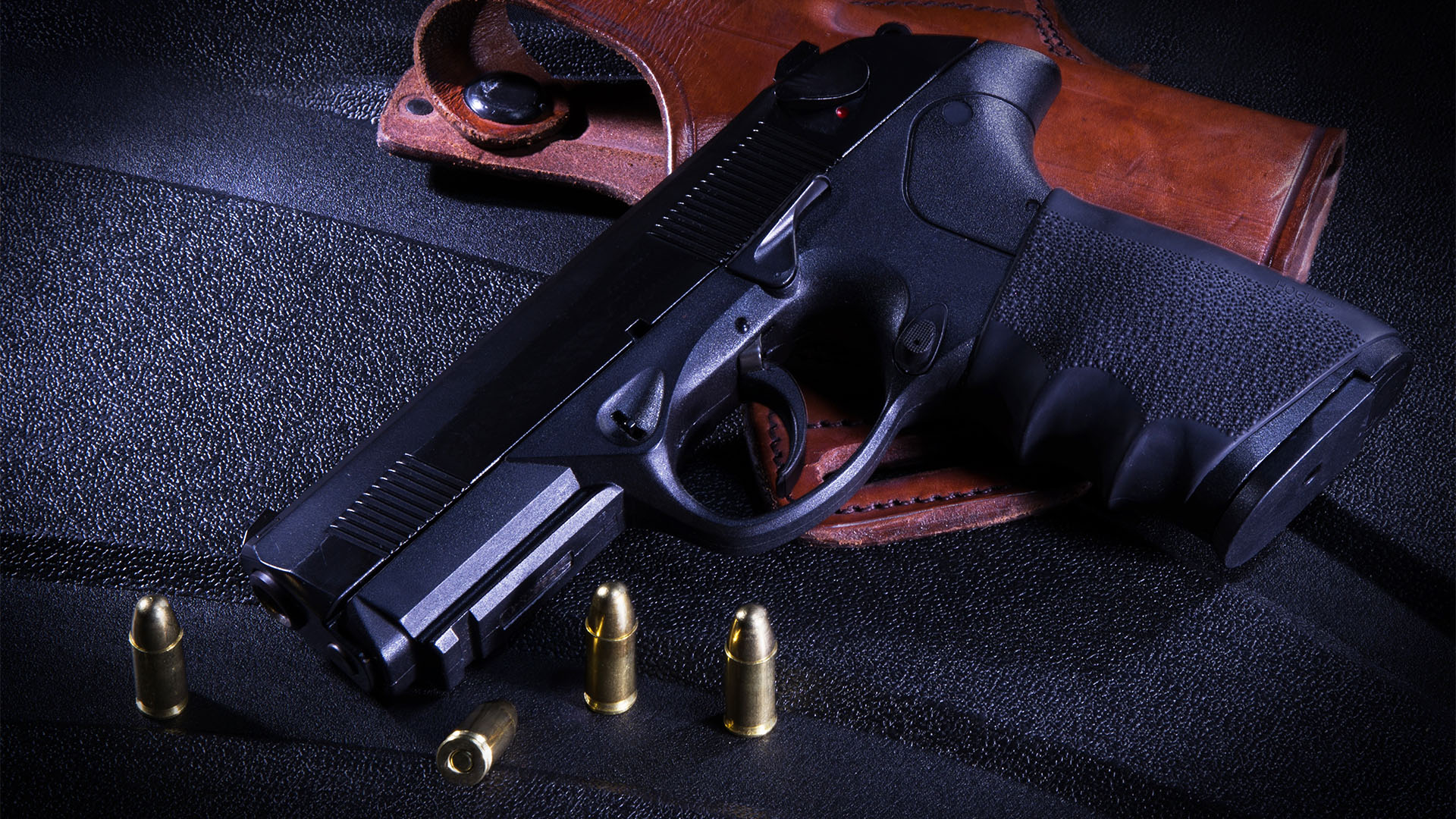Like any skill, shooting requires practice. However, you may not be able to make it to the range as often as you would like or might want to try to reduce the cost of training by lowering the amount of ammunition you are using. One way to improve your shooting skills at home is with dry fire practice. This is when you go through the motions of firing your weapon without using any live ammunition. When done safely, this can be a great supplement to time at the shooting range.
Dry Fire Practice Safety
When done properly, dry fire practice is a safe way to train without actually discharging your weapon. However, safety is essential to make sure you do not harm yourself or others. Before dry fire training, you need to make sure your gun is unloaded. Double and triple check this before you begin. Using a chamber flag, which visually marks the gun as unloaded, is often a good idea. It’s also recommended that you store ammunition away from where you are practicing.
Even after you verify that the weapon is unloaded, continue to follow all of the rules of gun safety. If you don’t know these already, refer to our article “Essential Gun Safety Rules.” This means you shouldn’t point your gun at anyone else and should practice trigger discipline. Set up a target and only aim at this area. This may seem excessive when you have just made sure the gun has no ammunition, but it’s important to make sure you don’t develop any bad habits. It should be second nature to follow these safety rules any time you handle a firearm.
Why is Dry Fire Practice Helpful?
Actually shooting your gun is essential for perfecting your skills and this should not be overlooked. However, there are many reasons why including dry fire in your practice schedule can be helpful.
Some of the benefits of dry fire training include:
- Dry firing is great for learning fundamental skills and developing muscle memory before you even start shooting with live ammunition.
- It’s easy to make dry fire practice a part of your routine and this allows you to train more continually than you may do otherwise.
- You don’t need to leave your home.
- You won’t use ammunition, which is cost-effective and can be helpful if a shortage makes it harder to find the ammo you need, as was the case for much of 2020.
- There are some circumstances where you may be unable to go to the range and dry firing can help prevent degradation of your skills during this time. One example is pregnancy and many women find dry fire practice to be a helpful alternative to actual shooting.
Dry Fire Drills
Basic Dry Fire Practice
The most basic dry fire drill is simply going through the motions of aiming and firing. Do this slowly and focus on getting every detail correct. Speed takes time and it’s important to build your foundational skills first. Align the sights with your target, pull the trigger, and make sure the sights stay on the target.
Firing with a Coin
Place a coin or another small object on the front sight of your firearm. Practice gripping the gun and pulling the trigger. The coin should stay balanced on the gun during this entire process. If it falls, you need to perfect your trigger control and grip.
Drawing from the Holster
In a self-defense situation, you may need to draw your firearm from a concealed carry holster. You should be able to clear away any clothing that is blocking your holster, draw the gun, aim, and fire quickly and accurately. Dry fire allows you to practice these steps safely and build muscle memory.
Combining Different Types of Practice
The best way to improve your skills is to use multiple different methods of training. At The Hub, we have a wide variety of resources whether you are a new gun owner or an experienced shooter. Both locations (Tucson and Lakeside) offer concealed carry weapon (CCW) courses and each shop has an indoor shooting range. In Lakeside, we also offer 101 and advanced classes. Our Tucson location has a MILO virtual range for practicing quick decision-making and we can also schedule one-on-one firearms training.












